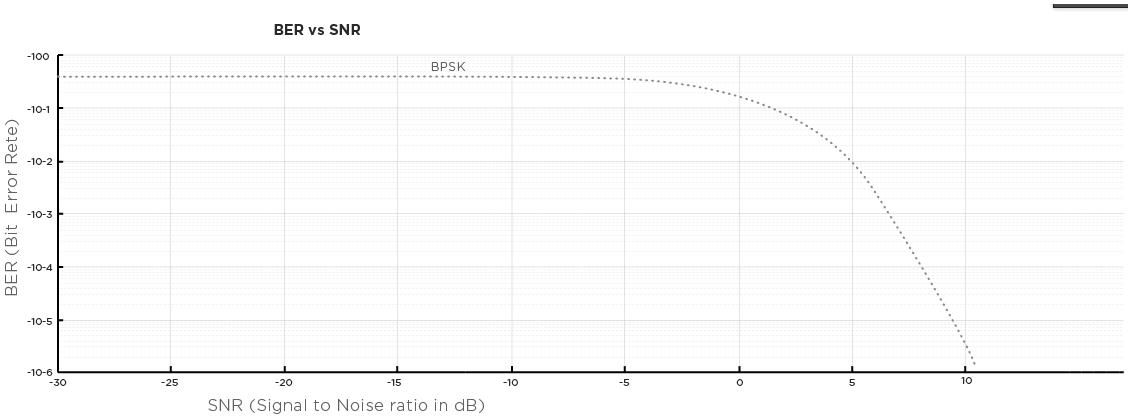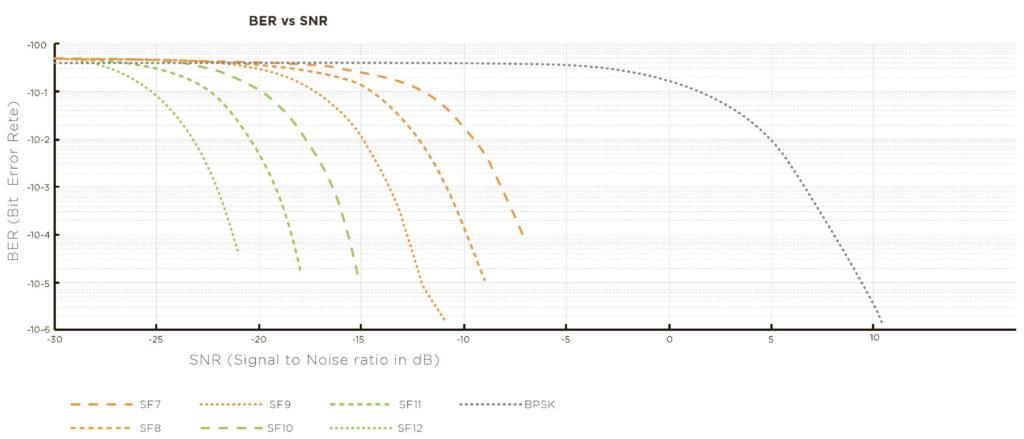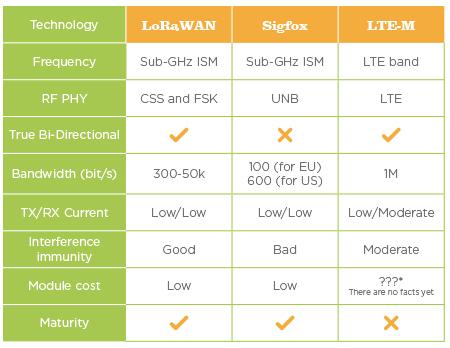3 ways way to deploy your own IoT network


Today, with the strong growth of the IoT domain we can now choose from a large number of communications protocols. Many of them are very similar in nature and functionality, this may confuse customers during their decision-making process.
Solutions for large IoT networks:
- LTE-M provides powerful, low-latency communications for high-performance IoT uses. The main advantage is that it has a large coverage area. It’s provided by local communications companies. But we should note that this standard is still in the research stage and promises deployment at the end of 2018.
- Sigfox offers a smaller coverage area than LTE-M. But Sigfox has been designed especially for devices with a low level of data transfer. Its main advantage is that it is on an entirely separate network of IoT devices.
- LoRa balances between data rate, coverage and system power consumption thanks to chirp spread spectrum modulation. Its main advantage is in hybrid environments with a custom MAC layer deployment. It provides an entirely separate network and operates in the unlicensed radio spectrum. Some terms like “narrowband” and “spread spectrum modulation” may be confusing, modulation defines energy efficiency and the quality of data transmission, energy consumption and noise immunity, which gives a significant advantage in the IoT field (more theory about modulation and its types are provided below).
Let’s compare the solutions through a practical example – building your own network in a city:
Choosing LTE-M is the easiest but also the most expensive way when compared to SigFOX and LoRa. It’s necessary to establish a rate, pricing and SIM card for each device deployed to your network. But you should also take into consideration that deploying a new technology requires time and increasing LTE coverage will be gradual.
By choosing SigFox it is recommended that you check whether 868 Mhz or 915 Mhz frequency is allowed for unlicensed usage and also check the noise rate and usage by other devices. This is necessary to prevent collisions between nearby networks and guarantee stable wireless connections. The next picture helps to display the estimated data corruption in bit error rate vs environment noise level (transmitter power remains unchanged):

As is shown in the picture, a large noise level causes packets loss. Packets retransmission will increase the power consumption of the device and on-air time and delays as well as slow down your system in general. Also, SigFox has an asymmetrical link. It means that uploads are more powerful than downloads and it creates the possibility of collecting data from large numbers of end nodes, but reverse communication is much worse.
In the case of choosing LoRa you can be at ease about available frequencies because it works at a wide range of unlicensed bands: 466/866/915 Mhz. At least one of these frequencies will be available for unlicensed usage in your country. Also, by using more noise immunity modulation LoRa can provide reliable links in extremely noisy environments. Link reliability is represented by Bit error rate vs Signal-noise rate for LoRa:

From the diagram, we can clearly see that there is a high probability of a low error rate in much noisier environments than in SigFox cases. Notice that this protocol is symmetrical and provides ( same uplink and downlink bandwidth ) adaptive data rate to offer the best speed/reliability balance. Also, spread spectrum modulation creates the possibility of coexisting with narrowband transmitters on same frequencies.
With the coming of the digital world, spread spectrum modulation methods were invented as a supplement:
- Frequency-hopping spread spectrum. The main idea is in using quickly changing carrier frequencies by utilizing special unique sequences available only for single parts of tx-rx devices. It’s the easier way to create spread spectrum modulation, but also frequency jumping causes phase distortions and delayed data flow while frequencies change. Uses in Bluetooth.
- Direct sequence spread spectrum. It’s a more complicated but efficient method, which provides frequency build-up and encrypts each message symbol enough to provide long pseudorandom sequences. Uses in CDMA and Wi-Fi.
- Linear Frequency Modulation. It is a combination of efficiencies and is uncomplicated. Used in radars, distance and speed measurement tools based on Doppler’s effect. It’s also now used for data transfer.
Conclusions of our review:

- You can create your own radio system by using Sigfox/LoRa everywhere, or use the existing system in that area using LTE-M ;
- For city areas or other noisy areas, it’s better to use LoRa instead of Sigfox, because it provides more flexibility in the settings guaranteeing the reliability of your connection.
Also, you should note that at the finish line of our “KSignal” project concept, we came to the decision to use LoRaWAN protocol for this IoT gateway. Nowadays, this communication protocol provides the possibility of getting the best combination of reliable price and performance for the IoT field.
Sirin Software stays up-to-date on the latest research and technology. If you have any questions, our R&D team is always online – contact us!